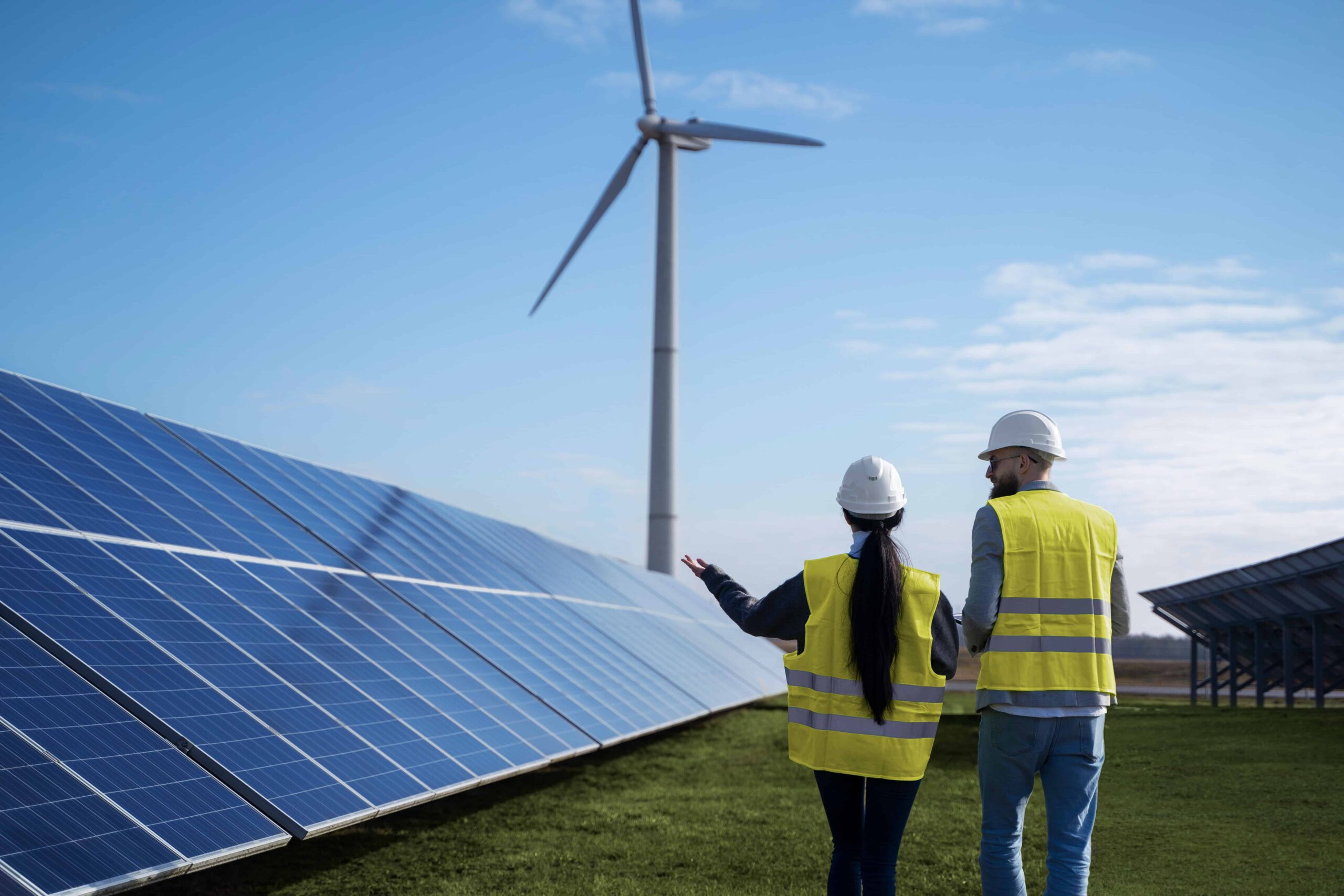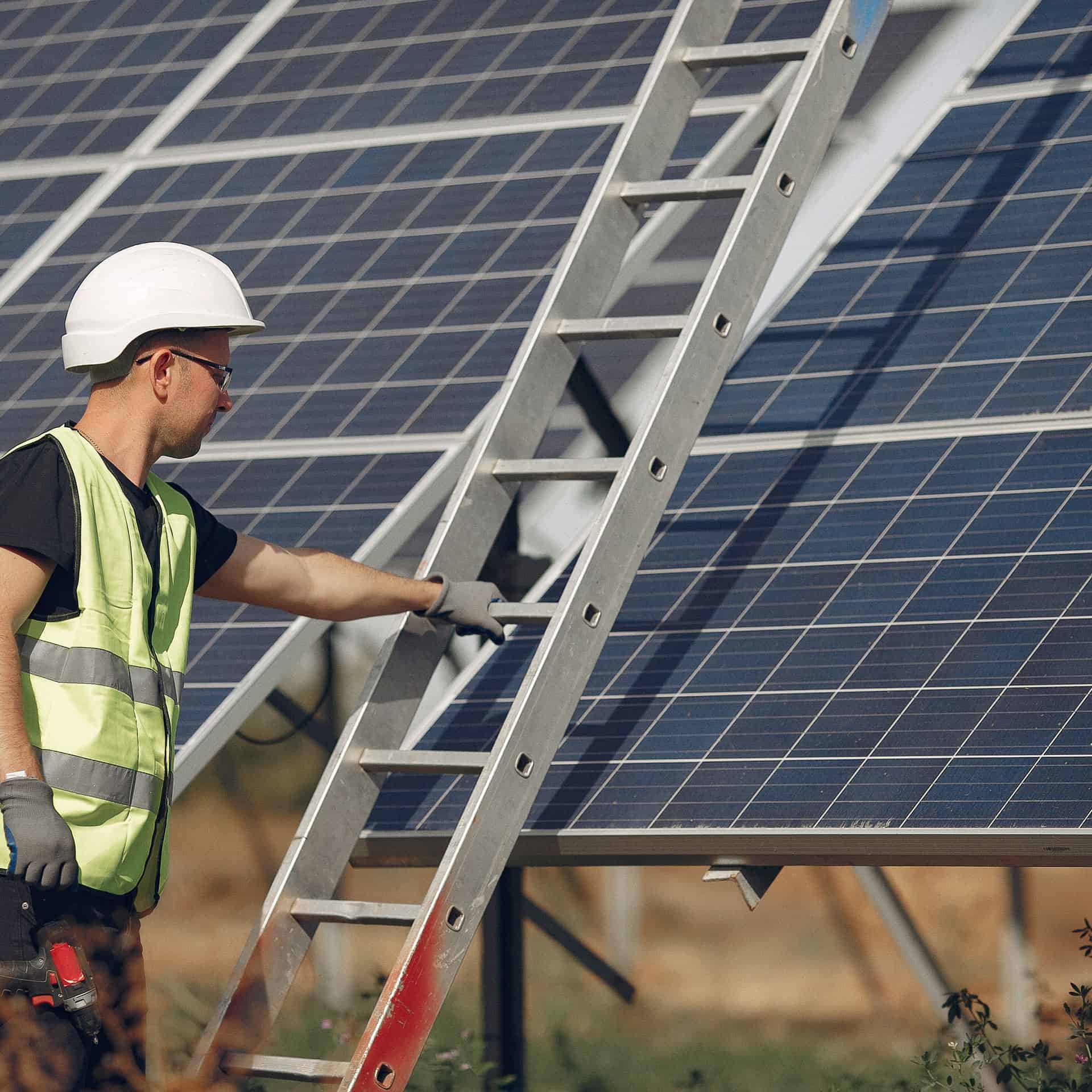

Upgrade to Energy-Efficient Lighting
Replace incandescent and halogen bulbs with LED or CFL lighting, which use up to 75% less energy.
Install motion sensors or timers in areas like bathrooms, storerooms, and hallways to ensure lights are off when not in use.
Conduct Regular Energy Audits
Assess your energy usage to identify inefficiencies.
Many utilities offer free energy audits or rebates for implementing recommended upgrades.
Optimize HVAC Systems
Schedule regular maintenance for heating, ventilation, and air conditioning (HVAC) systems.
Install programmable thermostats and set them to reduce heating/cooling during non-business hours.
Seal ducts and ensure windows/doors are properly insulated to prevent air leaks.
Use Smart Power Strips
Replace standard power strips with smart power strips to eliminate phantom energy use from idle electronics.
